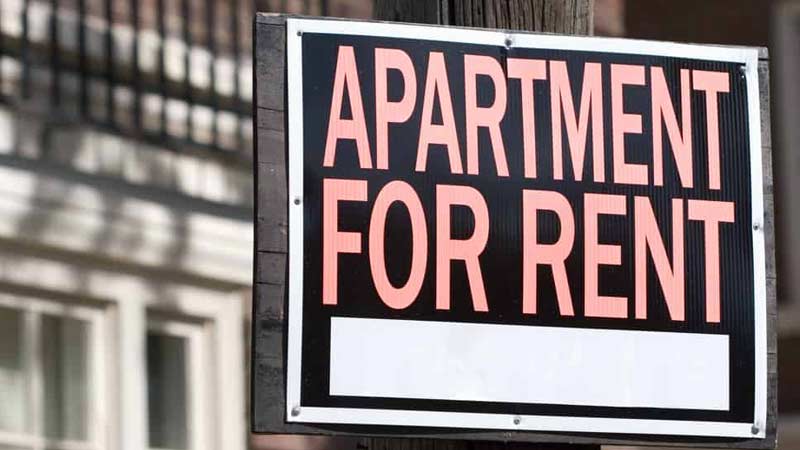Looking for a new apartment to rent can be an overwhelming, all-consuming activity. So when faced with the apartment-hunting challenge, break it down into small but essential steps you can manage.
1. Determine What You Can Afford
Before you delve too far into apartment searching, it’s a good idea to set parameters on affordability. The easiest way to do this is to use the 30 percent rule which states that your annual rent should not amount to more than 30 percent of your yearly income. So if your salary is $50,000, your upper limit on rent should be $15,000, or $1,250 a month. Some experts believe you should use your after-tax salary rather than your pre-tax salary.
The above rule gives you some broad parameters, but you may want to be a little more detailed, using the 50/30/20 guideline. This rule applies to after-tax (or take-home salary) and states that 50 percent of your budget should go to fixed and essential expenses, such as rent, transportation, utilities, and insurance. You should allocate 30 percent of it to day-to-day costs, such as food, shopping, dining out, and entertainment. The final 20 percent can be used for financial expenses and goals repaying loans and credit cards as well as saving for the future. Keep in mind these are all rules of thumb and everyone’s situation is different.
2. Talk to Friends

Friends or family who live in the area where you’d like to rent can be a great source for information. Among the question to ask:
- Do you enjoy living here?
- Can you describe the lifestyle?
- What’s the community like?
- How noisy is it? Do the apartments have sufficient sound control?
- Is the management and maintenance staff responsive to your needs?
- Do you have sufficient parking?
- Do you feel secure?
3. Research Online
To gain a fuller picture of the quality of a rental, check the online ratings and apartment sites. There are a number of sites you can check out. You can usually search by city, zip, and/or a specific building you are looking for. The sites will serve up a list of rentals that meet your criteria. You can then usually sort by ratings from high to low. Because one five-star rating does not tell you much, make sure you look at the number of ratings. Once you have found a few buildings that pique your interest, just type their names into Google and you’re bound to find some reviews to guide you in the right direction.
4. Assess the Location
A great apartment in the wrong location does no good. So think about what’s important to you with respect to your apartment location. How far are you willing to commute? Do you want to be near schools, shopping, recreation, entertainment, houses of worship, public transportation, healthcare facilities, and friends and family? Do you want a walkable community one where you can easily walk to some of the destinations mentioned above?
Once you decide what’s important, you can use a GPS app or Google to assess the time to each destination by car, public transport, bike, and on foot.
5. Visit the Apartment Community
If you’ve completed steps one through four, you should have a shortlist of apartments that you’re interested in pursuing further. When you visit, assess whether the apartment’s layout and size meet your needs. Look at the closet space, bathroom, kitchen, and laundry facilities. If it’s important to you, assess the opportunity to enjoy the outdoors with a patio or balcony.
Ask about how much security deposit is required, what utilities if any are included, do you pay extra amenities (for use of pool or gym), other fees and charges (including parking, trash, other membership fees), and application fees.
Pay attention to the carpets, walls, and appliances and whether or not there are window coverings.
6. Compare Value
By the time you have gone through steps one through five, you may already have your winner. If you’re still undecided (or along the way), you may want to look at the cost-per-square-foot to determine the apples-to-apples financial comparative value. When you do so, subtract all the main utilities that are included in the rent and then divide by the total square feet of the unit you are looking at. You may be surprised to learn that the more expensive apartment can actually be a better value when accounting for effective cost per square foot. Here’s an infographic that outlines the process. Of course, that assumes that location, safety, sound levels, and all the other issues we’ve discussed are similar.
While finding a new home may feel like a daunting challenge, you can make it easier by using a methodical approach. Assess what you can afford, talk to your friends and family, search the apartment websites and online reviews and assess the apartments’ locations. Once you have a shortlist of possibilities, it’s time for some legwork. Visit the communities, ask questions and get a feel for them. Perform a value analysis and try to compare apples to apples. If you take your time and do your research, you’re more likely to find a home where you’ll be happy and make a great decision.






